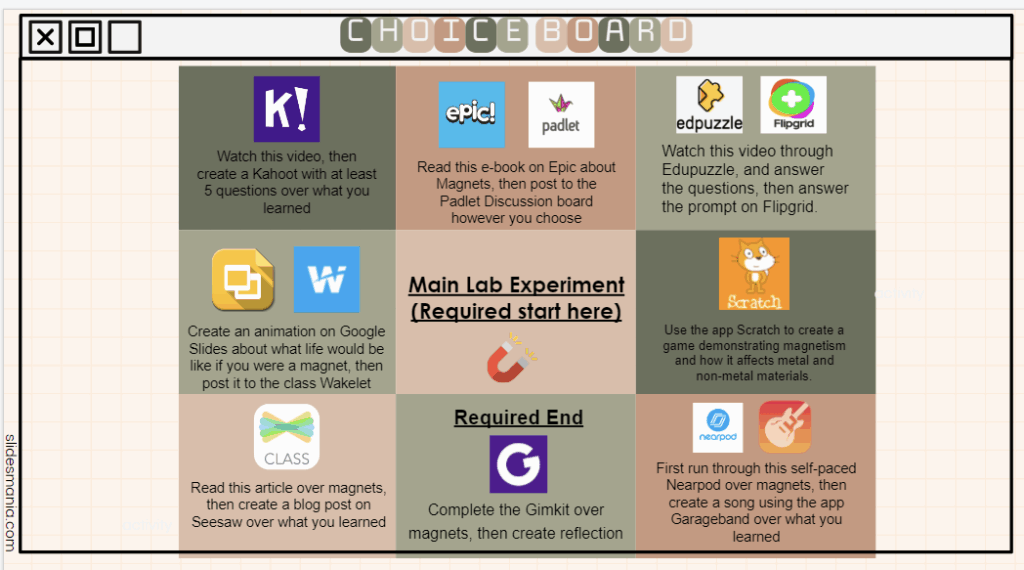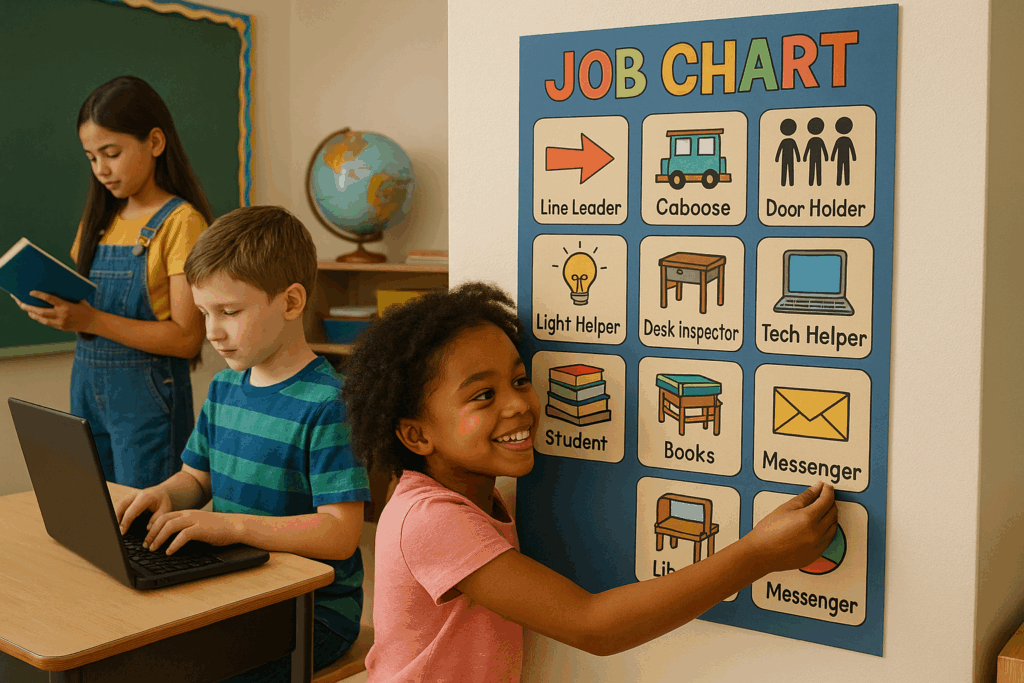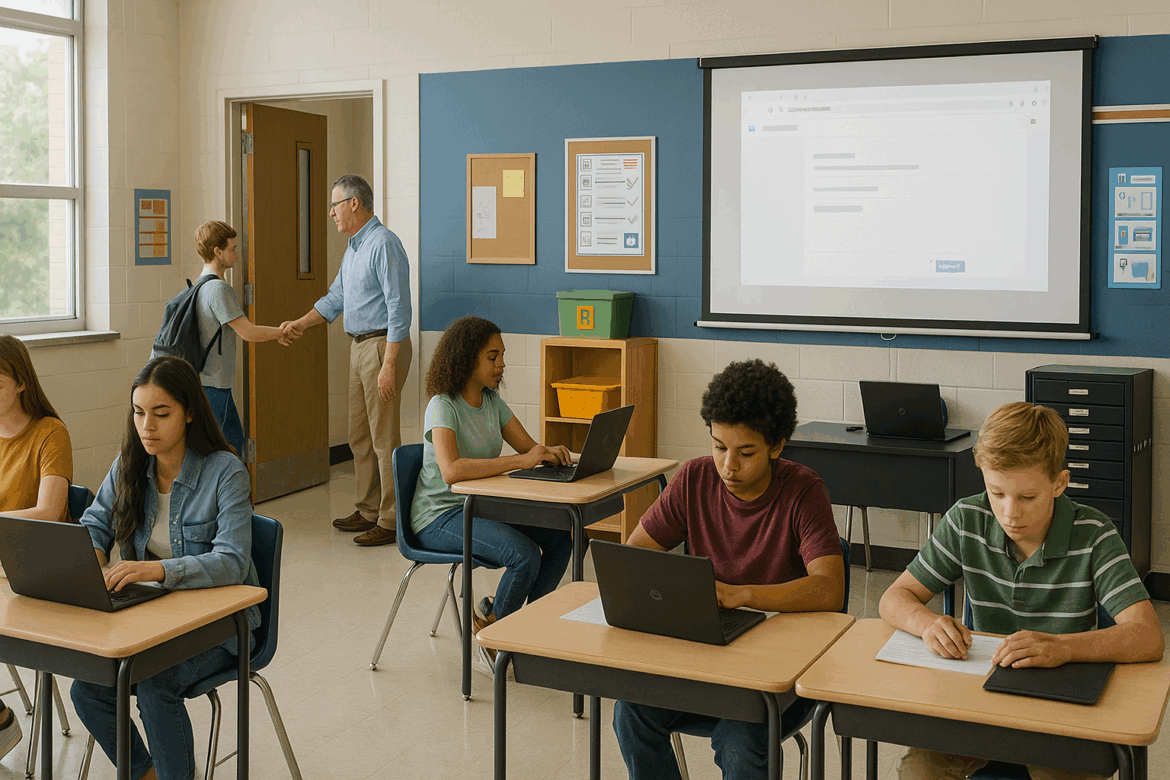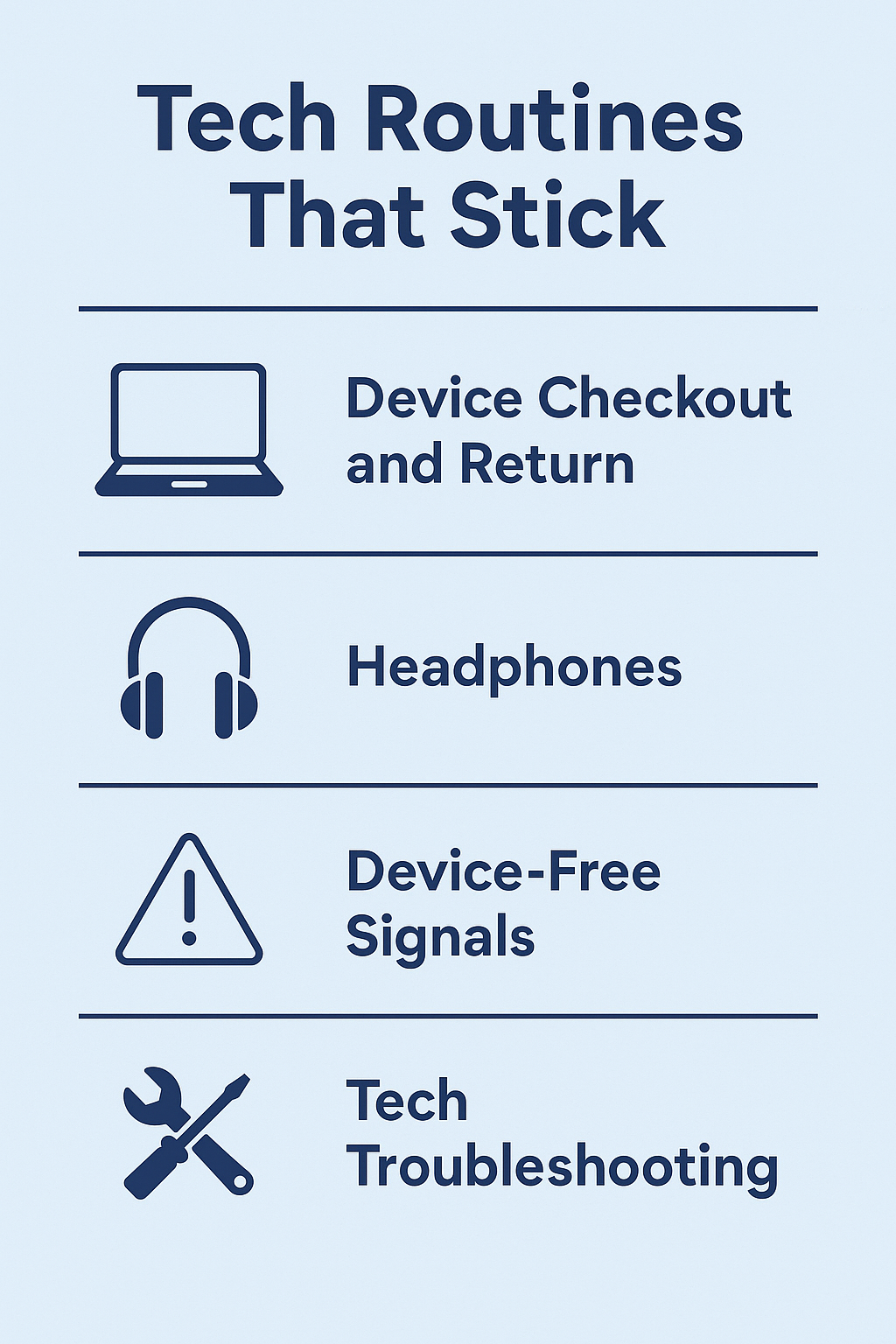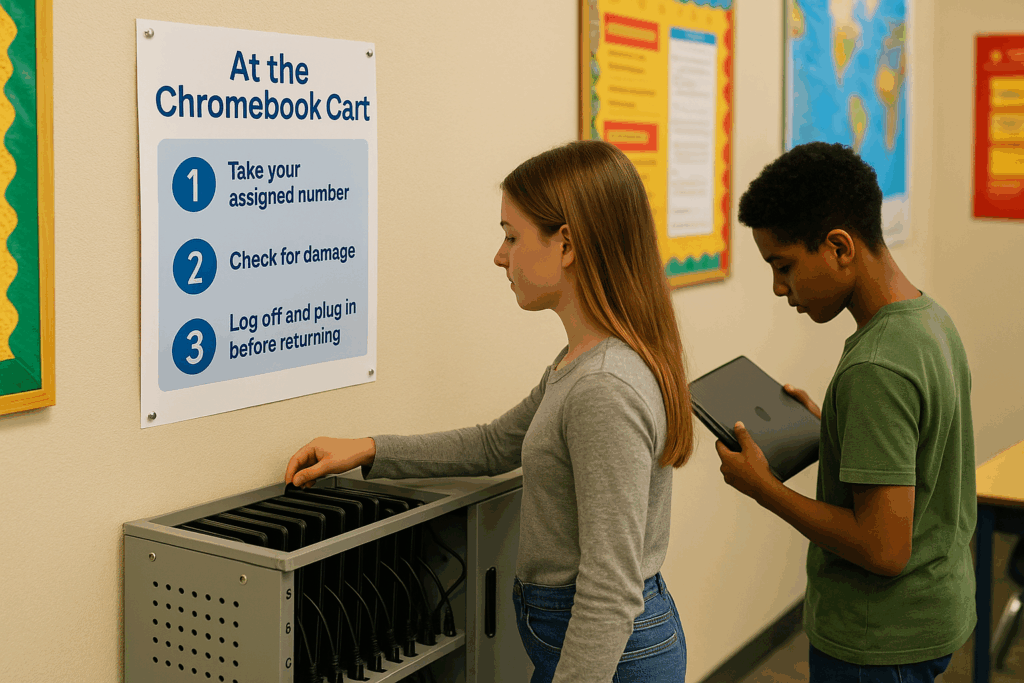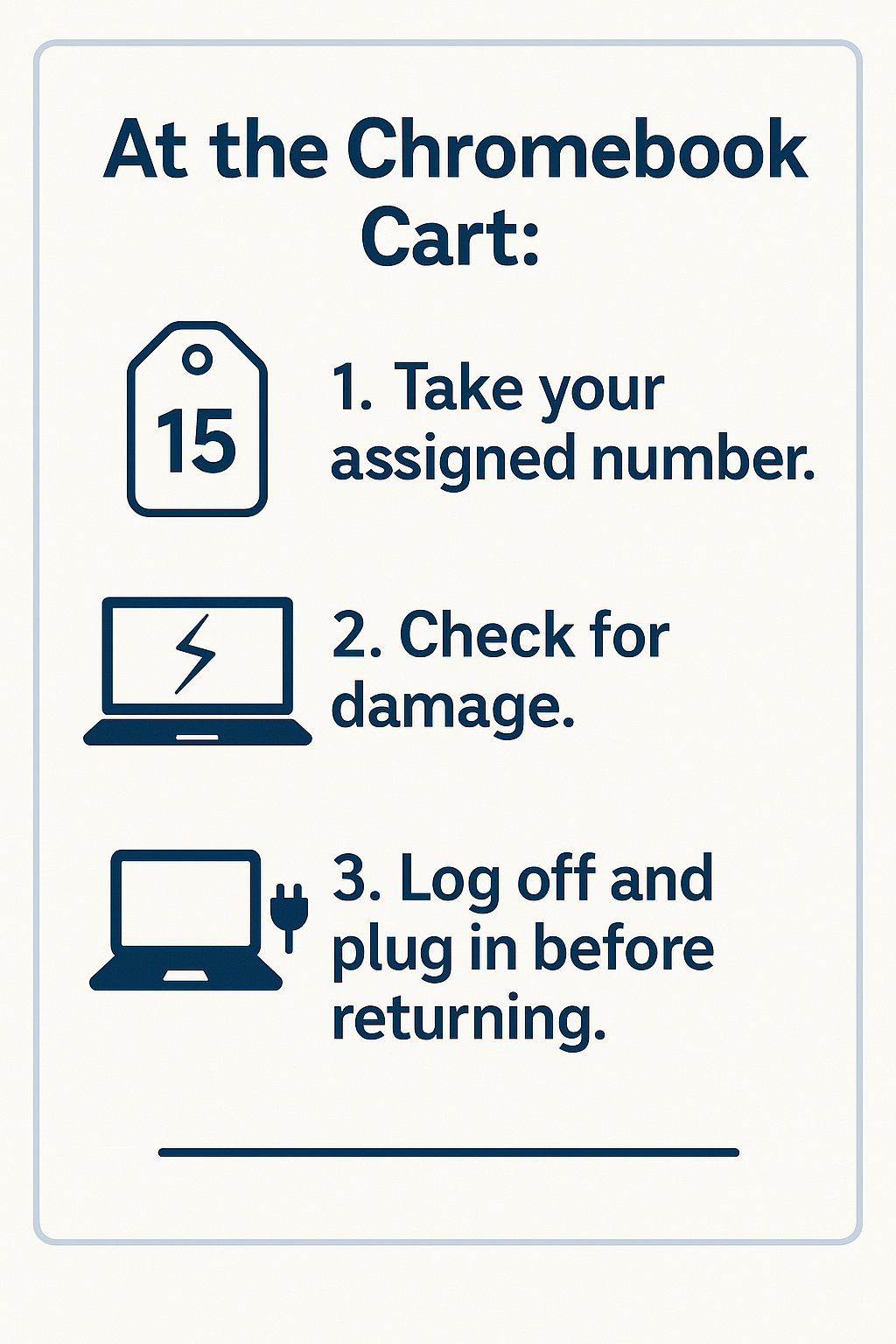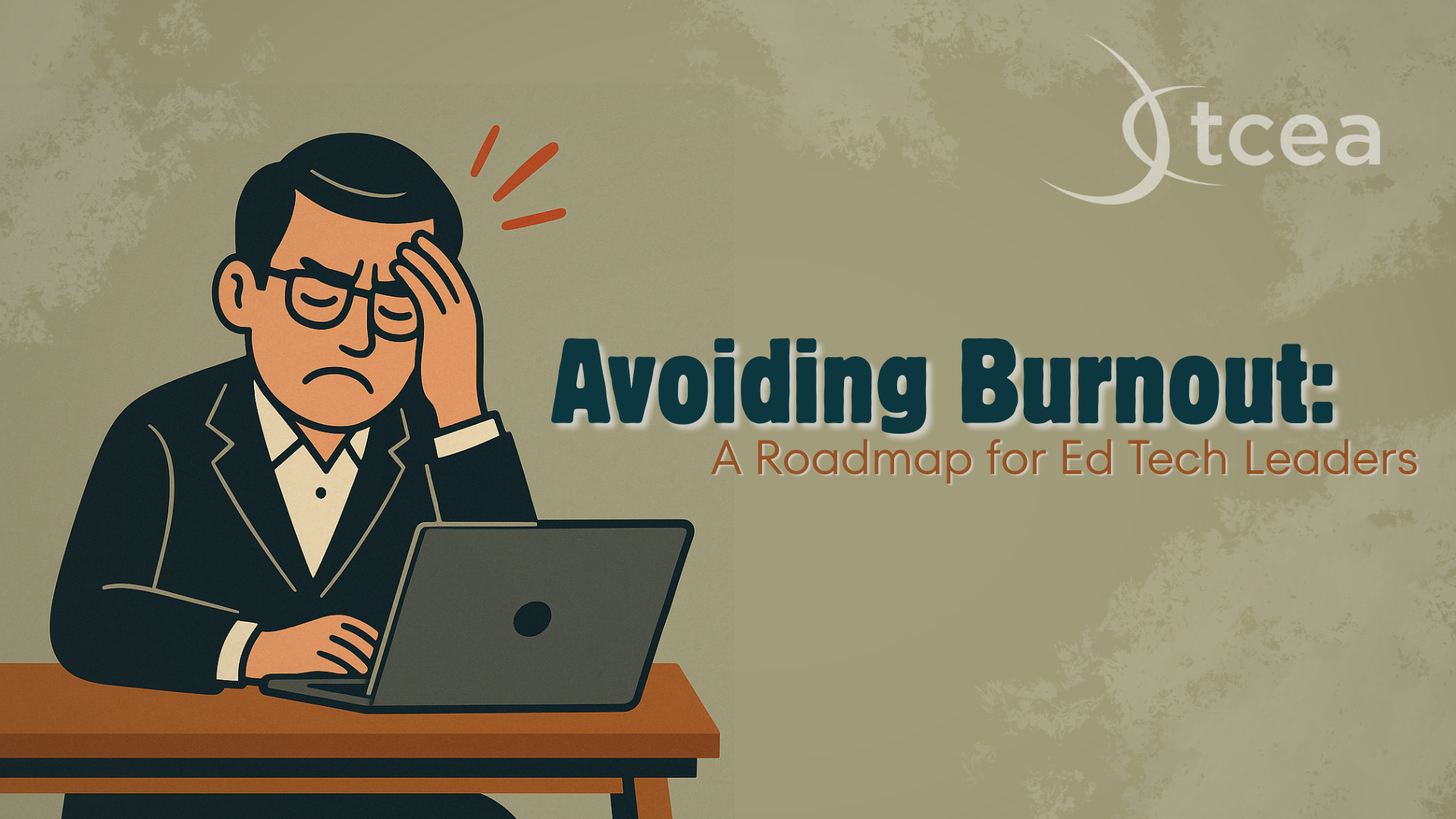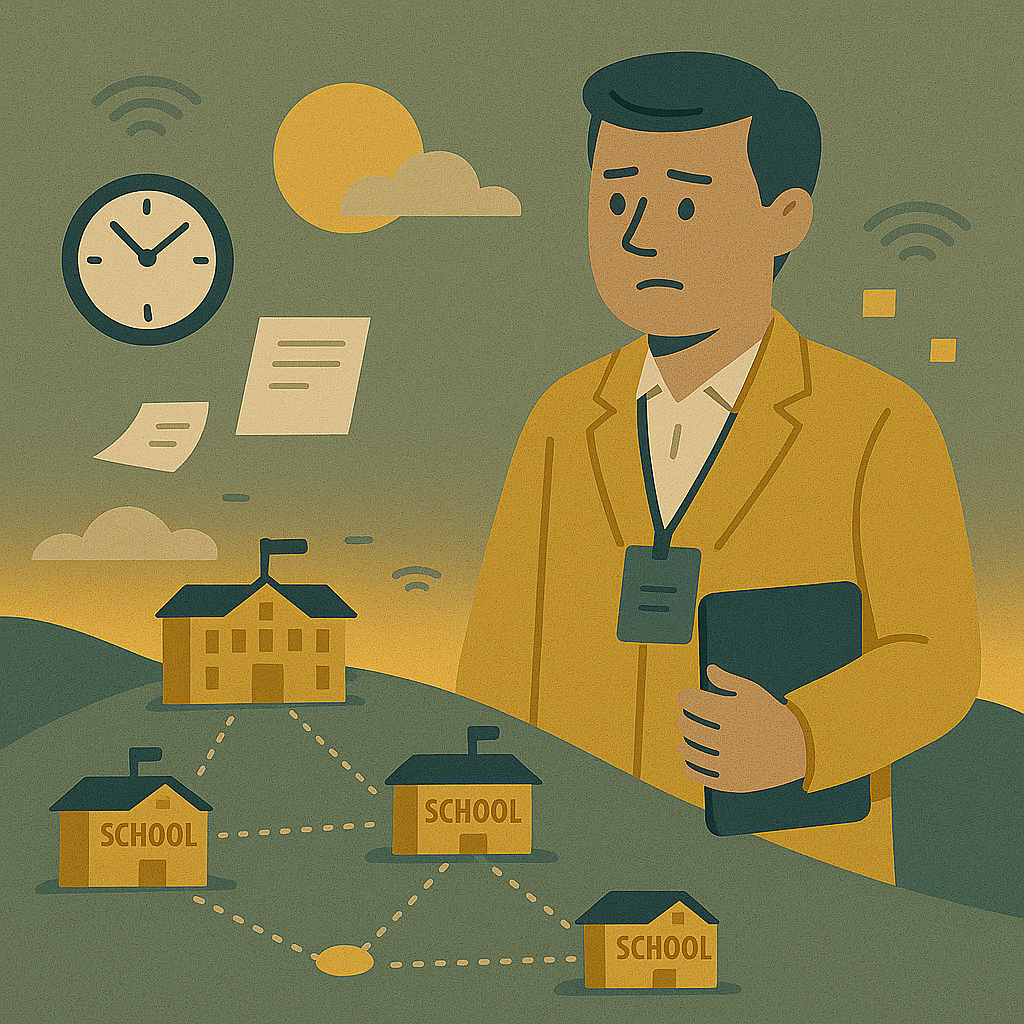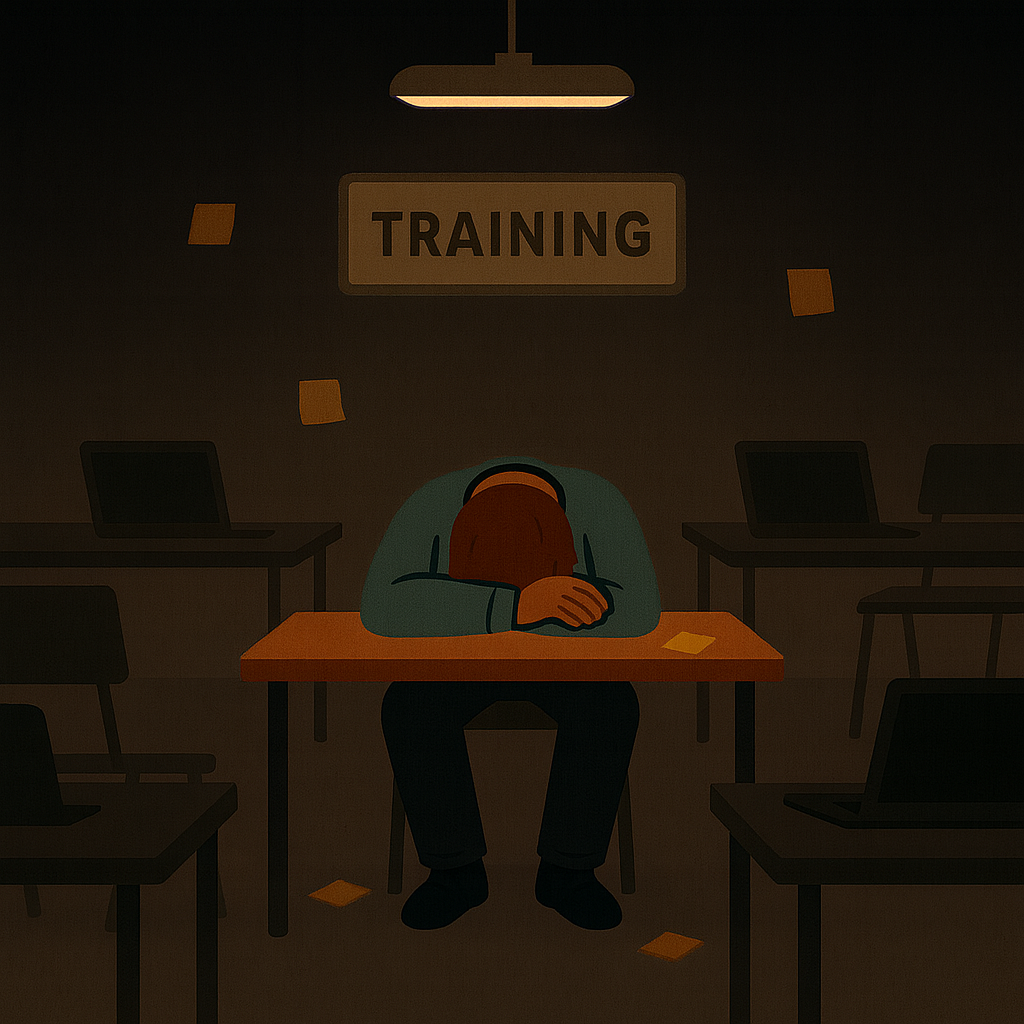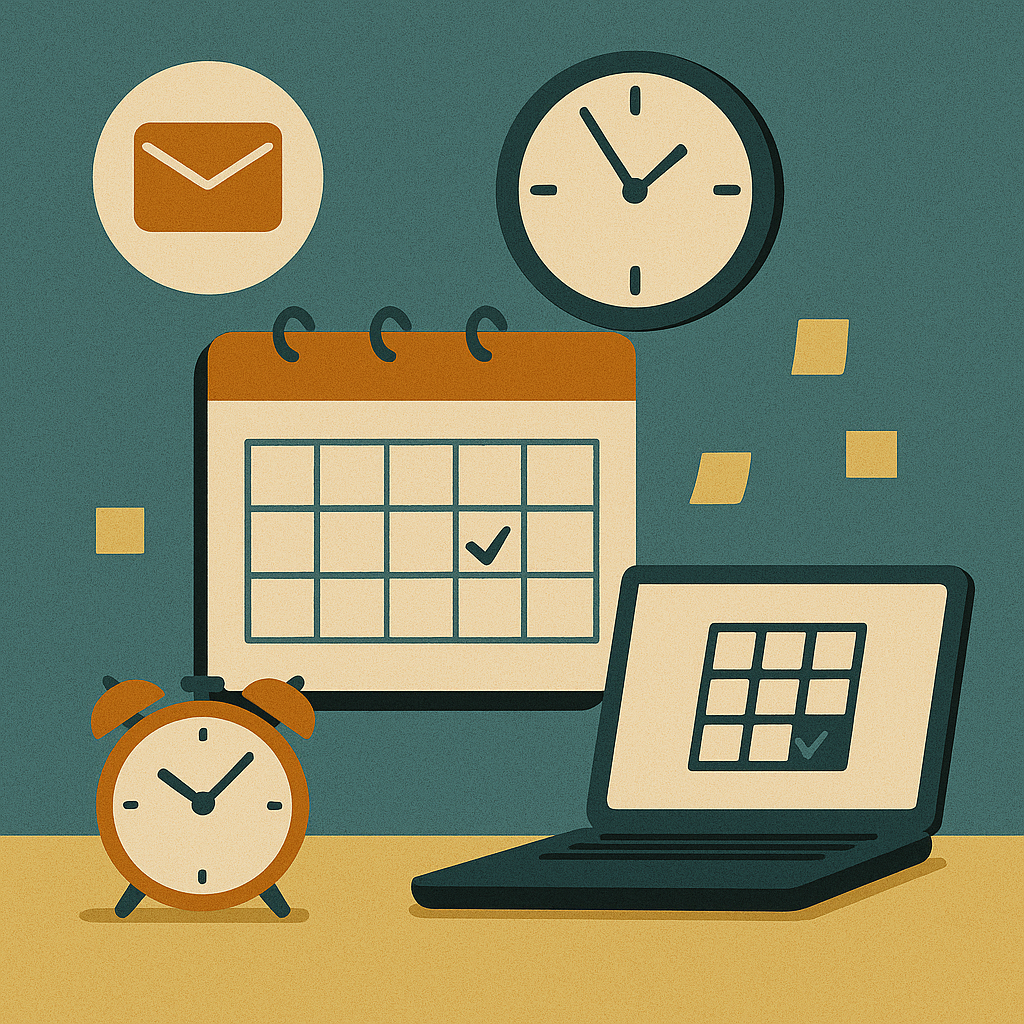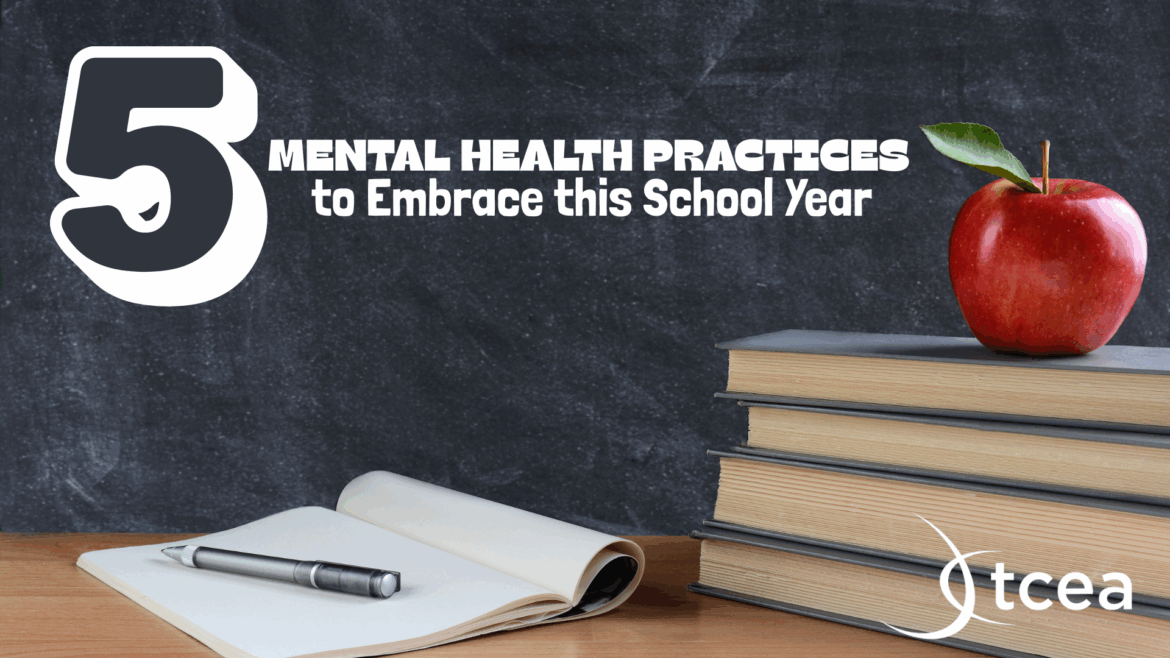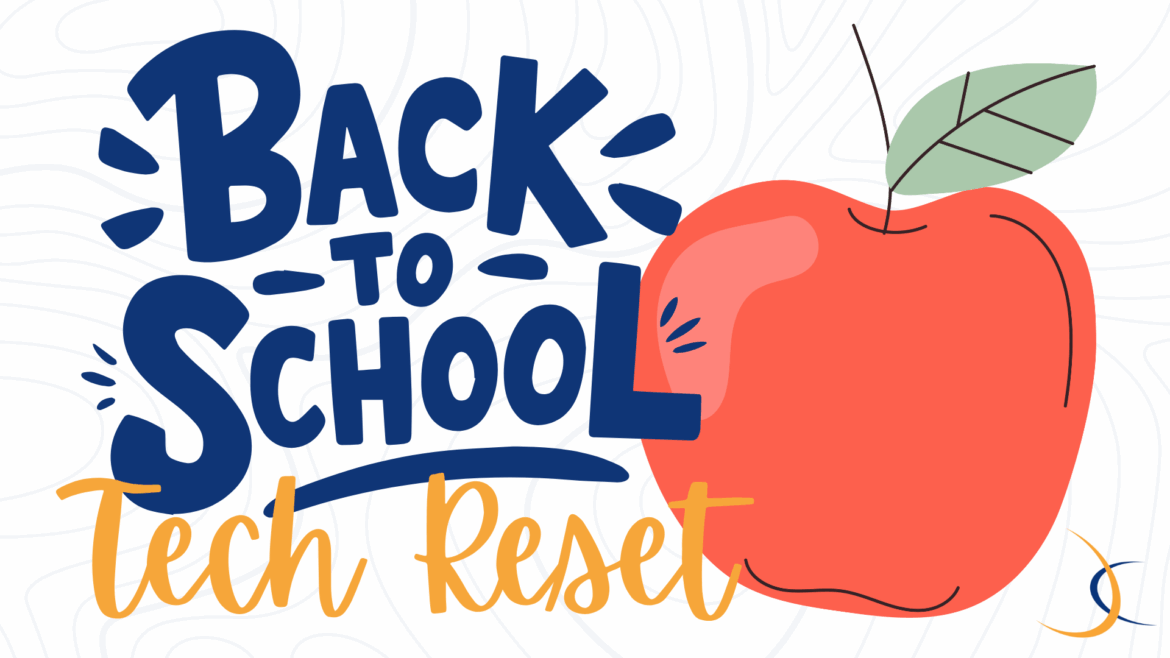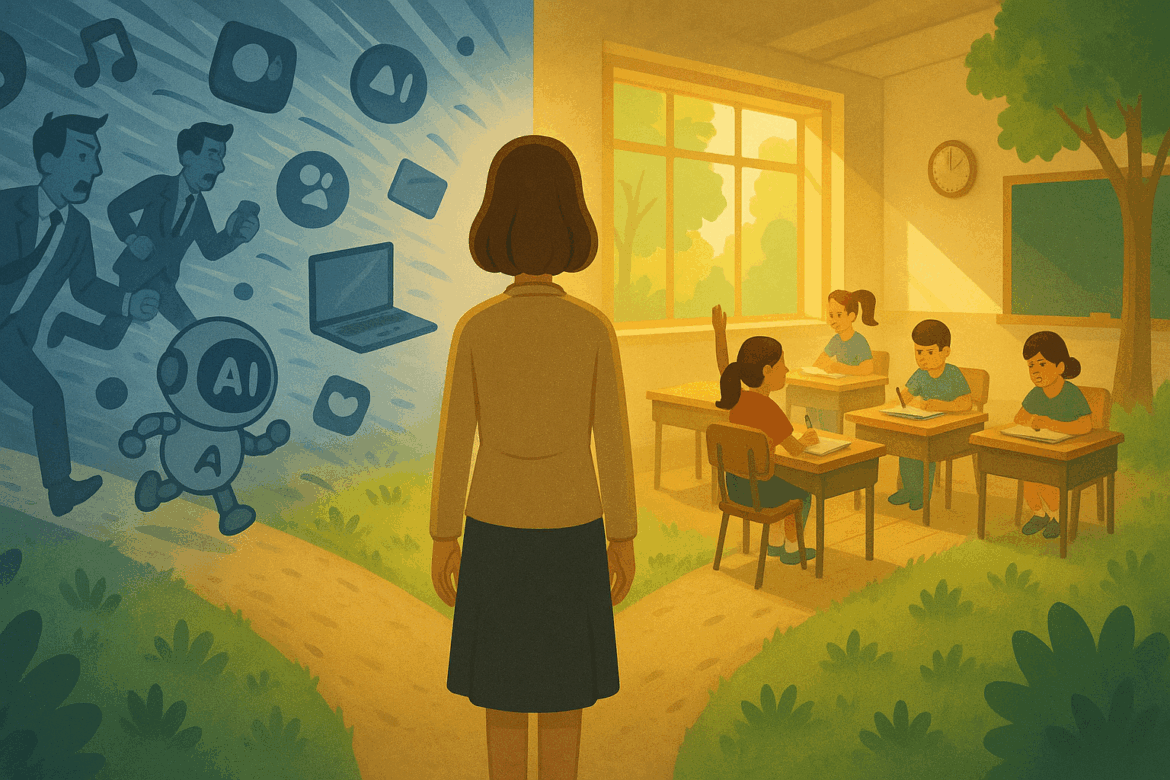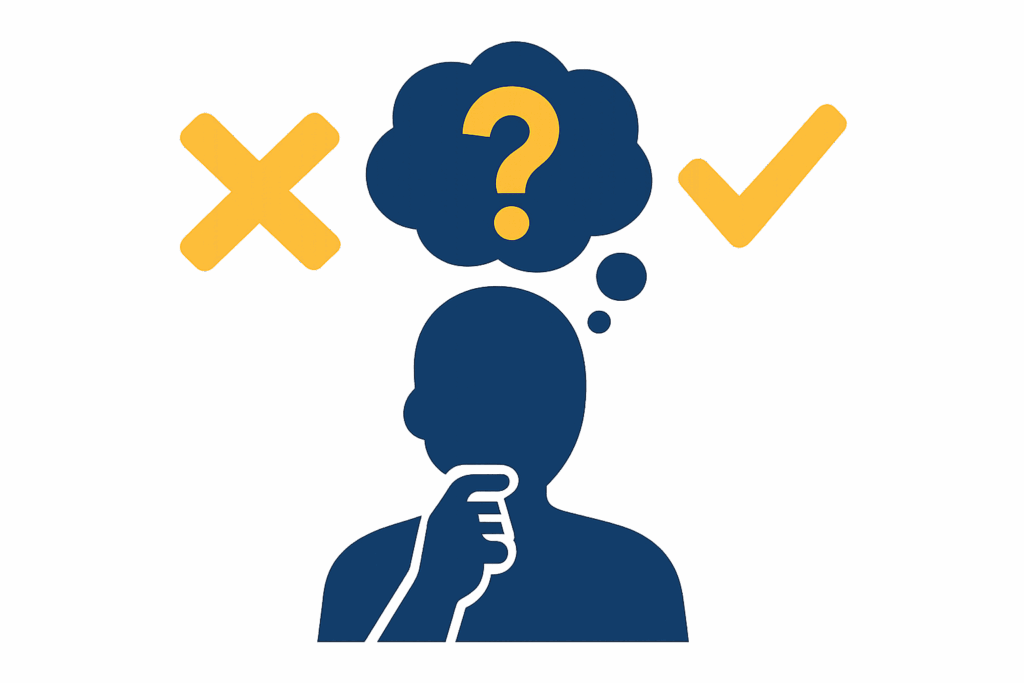Explore effective teaching strategies, tools, and resources. Discover ideas to enhance classroom practices and inspire student success.
We all know the old adage: It’s lonely at the top. This statement implies that the one in charge is often left navigating the success of the team. The benefit of cultivating strong team dynamics is that each team member takes responsibility for their own and for their communal success.
As educators, we know the reality. Teachers juggling multiple responsibilities, ed tech professionals introducing tools and striving to collaborate, and administration putting out fires. Working in a silo makes these tasks more challenging and yet, building dynamic teams both intradepartmentally and interdepartmentally is not an automatic assurance.
Here’s the issue…
Last year, a focus of one’s schools’ professional development was learning how to navigate artificial intelligence. Educator John Spencer was invited to kick off pre-planning with a daylong AI workshop. After his visit, a survey was sent to faculty seeking their personal reflections on the content that he shared. One of the teaching teams, a small team of only three teachers, had one respondent that said they were well-versed in AI and used it for efficiency both personally and professionally. Another teammate, who teaches right next door, noted that they did not even know that ChatGPT could be accessed through a website. Their two very different statements embedded in their reflections was a symptom of poor communication within their team dynamic. Two teachers who taught the same grade level and curriculum in such close proximity to one another and yet, avoided sharing ideas and strategies.
Why Team Dynamics Matter
Strong team dynamics creates a psychologically safe space for people to proactively share information so that colleagues and students benefit. When Pew Research Center asked teachers where they gain the most satisfaction from various components of their jobs, the common response was that job satisfaction comes from their relationships with colleagues. In Rita Pearson’s TED Talk, Every Kid Needs a Champion, she notes that it is hard to learn from people you don’t like. When communication fails, there is less opportunity for mutual understanding. As educators, we must continually learn from one another but when relationships are strained or communication is not optimal, our ability to strengthen our school community is compromised.
This is where each of us plays a critical role in shaping a school’s collaborative culture. Some of us work with all different individuals in the building and are therefore accustomed to being shape shifters. We adapt to our audience at our own will based on what we deem their needs to be at any given moment. This is a learned skill that begs these questions: How do we teach others to do the same? How do we cultivate colleagues to flourish within their own teams but also as part of the larger educational community?
Modeling The Team We Want to Be
I am often reminded of the old Vidal Sassoon Hair Care mantra, “If you don’t look good, we don’t look good”. School success is so interconnected that it really does take a village consisting of both helpful individuals and simultaneously: a helpful community. When we model collaboration, we allow others to see how flourishing together improves student engagement through innovative lesson planning and satisfying interpersonal relationships that offer support in challenging moments. Sharing our own vulnerabilities can also strengthen the team dynamics. For example, if I am savvy in robotics but less so on the topic of Westward Expansion, when I lean on my colleagues to fill in the informational gaps when collaborating for technology integration and they feel safe to do the same, we can create important learning opportunities for our students and feel supported while doing so.
As administration shares the larger school-wide goals, teacher leaders can bridge the work that is being done in the classroom with those very same organizational goals. For example, a school may have the goal of being data-driven (not to be mistaken for requiring more standardized testing). The emphasis on capturing data influences how student success is tracked, communicated to families, and ultimately, what changes to make. If the teacher referenced above who felt comfortable using AI for efficiency was compelled to share the AI platform and the way in which they were using it, consider how the other teacher could have leveraged AI to embrace this school-wide goal, too. They would have felt supported and in turn, the one sharing the information would have felt appreciated.
As a team, when we recognize individual knowledge, commit to sharing expertise, and celebrate team achievements, both big and small, we are creating a culture of growth. It seems like an obvious thing to do but often, we become so busy that we forget to acknowledge peer successes and our own team triumphs. Yet, if we prioritize this as an intentional and necessary part of positive team dynamics, we establish this as a cultural norm, which is a motivating factor that improves overall job satisfaction.
Bridging Instruction and Innovation
Educational technology professionals are often the connector between pedagogy and the teaching tools. Tasked with reinforcing the school’s larger community-wide goals, ed tech professionals give colleagues the tools to set them up for success to align with those goals. One example might be streamlining workflow. Highlighting how one tech enthusiast can create a grade level newsletter in Canva, share it with their teammates who can then generate their own unique link, and edit the few details that are specific to their classroom is one example. This approach saves time, cultivates appreciation among teammates, highlights the skill of an individual team member who can wield Canva into a newsletter masterpiece, and allows everyone to feel empowered. Setting teams up to be accountable for each other’s success by group problem-solving acknowledges individual expertise encouraging innovation without overwhelm.
The Secret Sauce of Cohesive Teams
- Focus on the shared vision and reinforce working toward the micro and macro goals that are tied to student success.
- Energize yourself and others by positively acknowledging the work of colleagues so they know they are “seen” and are valued as experts.
- Intentionally celebrate successes, both big and small, of individuals and of the larger team.
- Read the room and take note of diverse comfort levels to tap into individual and team expertise to strengthen the learning community.
- Create psychologically safe spaces for peers to take risks for themselves and among others to try new ideas and practice new teaching strategies.
Leadership is not always tied to formal job titles. Each of us can be the catalyst for strong, adaptive teams working together to achieve success. Prioritize strong team dynamics because when teaching teams thrive, students thrive.






